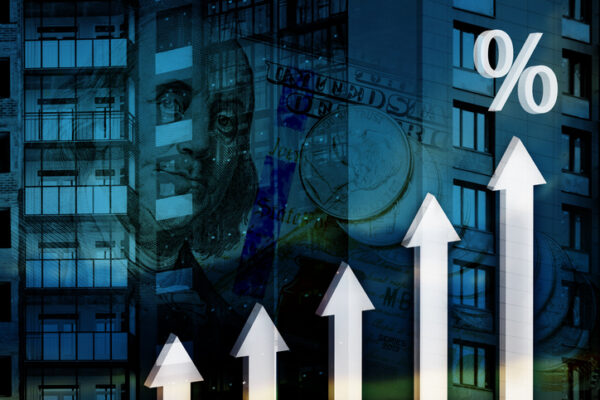The Federal Reserve’s interest rate hike to combat inflation is the correct decision, as everyone who has made a recent trip to the gas station or grocery story has felt the pain from how steeply prices have been rising. And although it will now cost consumers more to borrow money, the decision should be welcome news for homebuyers looking to spend their cash in Texas and other hot housing markets nationwide.
The Federal Reserve raised its key target interest rate, the federal funds rate, by 0.25%, in its first increase since 2018. Along with the ending of its bond purchases, also known as quantitative easing, this marks the end of the easy monetary policy era that characterized the Federal Reserve’s approach since the pandemic began two years ago. In a hot labor market with low unemployment and high wages and inflation rates not seen since the 1980s, the Fed’s move is not surprising.
It is also the right call. Inflation is at a multidecade high, and oil prices recently surpassed $100 per barrel for the first time since 2014. Even Fed Chairman Jerome Powell acknowledged in his press conference that if the Fed committee had known the economy would look like it does now, they would have started raising rates sooner.
If the Fed had done nothing, runaway inflation could have continued relatively unchecked, and consumers would begin to expect much higher inflation in the future. This would lead consumers to spend more money now to preserve their purchasing power and to demand higher wages from employers. This would exacerbate inflation today. If we look back to the hyper-inflation era of the 1970s, the Fed later tightened policy so much that the U.S. economy went into recession. That’s a mistake we want to avoid repeating.
Does that mean the Fed should have been more aggressive initially, raising interest rates even higher? Not necessarily. It’s important to recognize that the Fed signaled that there would be significantly more tightening in the future.
As of now, the bank’s Federal Open Market Committee plans to continue raising rates by at least 25 basis points at every meeting this year and to continue increasing them next year. There is a serious possibility that future rate hikes could be larger.
Looking at the predictions of committee members in the Fed’s Summary of Economic Projections, for instance, some anticipate 50 basis point hikes at future meetings. Along with this guidance and the announcement that it would soon begin shrinking its balance sheet, the Fed’s approach could be viewed as fairly aggressive.
But it’s possible for the Fed to risk doing too much too soon rather than too little too late. Geopolitical risk is extremely high right now with the ongoing conflict in Europe, and global recession risk is increasing regardless of what the Fed does.
In addition, as COVID-19 and supply chain issues resolve, inflation will probably begin to come down on its own. Hiking rates too aggressively, such as 50 basis points, could weaken the U.S. economy unnecessarily. It is also unclear whether raising interest rates will help or hurt efforts to repair global supply chains.
The Fed is right to raise interest rates, but the increase has implications for consumers. On the one hand, it will raise borrowing rates, meaning costlier loans for buying durable goods such as houses and cars. On the other, it will raise saving rates, which will help slow inflation by encouraging consumers to save rather than spend. Higher interest rates will probably also cool down housing price appreciation, which may provide welcome relief to those with cash looking to buy a home in hot housing markets such as San Antonio, Austin and Fort Worth.
Michael Sockin is an assistant professor of finance in the McCombs School of Business at The University of Texas at Austin.
A version of this op-ed appeared in the San Antonio Express News.




